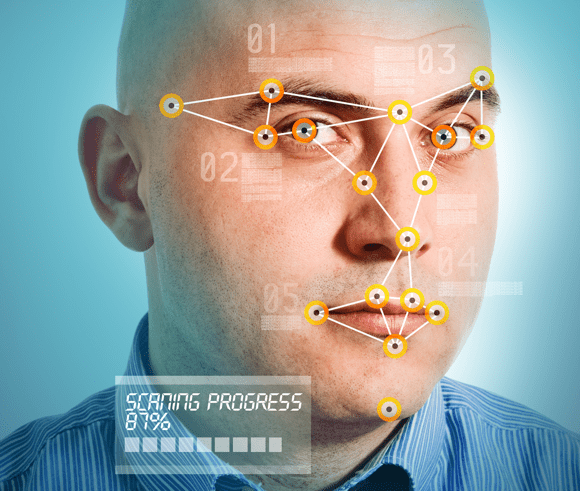
Everyday we spend a lot of time in queues. Most of these queues are at or near payment terminals, for example when you do your grocery shopping. Now what if the payment procedure would take a couple of seconds and not the current 20-40 seconds?
What if in addition to that you did not have to carry any cash, cards or in fact any items at all? What if you could come into the store completely naked and buy everything you need, before the cops arrive?
This is exactly what the Helsinki based Uniqul is promising. Using “military grade” facial recognition algorithms, the startup aims to allow anyone to buy things using just their face.
Now, I know what your first thought is: security. So was ours and the words “military grade” did not convince us just then. So we got in touch with Chief Business Development Officer, Ruslan Pisarenko to find out how the system would work exactly.
According to Pisarenko, the algorithm is “tested against a database, for example Feret (Database of circa 14000 people), typically used by all biometric companies who do facial recognition to test their algorithms. The results so far show that positive recognition is at 96.8% and false-accept rate is at 0.01%.”
It is important to understand that the accuracy threshold can be adjusted in order to take into account changes such as glasses, hair styles, etc. However Pisarenko assured us that in case the algorithms are not 100% certain of a positive match, the user will be required to also input a password. Should there still be a mismatch or a false-acceptance incident, they would refund the money and send the perpetrator data to the police.
Facial recognition for payments is not completely new, Square experimented with it a few years back and so did Facecash. Both of them, however, required the presence of your mobile phone and could not process the payment completely automatically.
Which is what Uniqul is promising. To process the payment, they are in negotiations with Paypal and already implemented their API’s. This would mean that you need to either have money on your Paypal account or assign a credit/debit card with it. Partnering up with a third party allows the company to bypass the complexities of financial regulations and focus on growth.
We had the chance to test the system at ArcticStartups office, and although the lighting conditions were not spectacular, the system was able to learn my face and recognize it consistently. A couple of times it did not match me with anyone, but that is not a critical problem, as long as it doesn’t think I am somebody else – it should be pretty secure.
Unlike credit card companies and other payment providers, at least from the get go, they will monetize on the consumers, hoping that the convenience of not having to carry a wallet around would will justify the cost.
The fee will be based on which area you want to use the system in, i.e 0.99 EUR for 1-2km radius, 1.99 EUR for the whole city, etc. This of course relies on the assumption that the technology will be widespread enough.
We are slightly afraid that Uniqul might have the same problem as Elisa’s MasterCard PayPass that only supported two locations in the whole city at launch. The key difference is that even if only one grocery shop supports it, those that live around it might find it beneficial to register for the benefit of using this single shop alone.
On the one hand, I would be the first in line to test it out but on the other hand I am not sure if I would want to pay a monthly fee and in addition to that use a Paypal acount. Transferring the cost to the merchant, as credit cards do, would have been a big sale point for me and would probably help in the adoption rates overall. Speaking of which, since Paypal is used, the merchants will probably also experience a cost, so there is a barrier to entry on both sides. However the technology is unique and innovative enough that I hope this will not be a problem.
Pisarenko told us that they are aiming to launch the first implementation in Helsinki, around August. As with any new technology, it will be interesting to see if the public will embrace it or ignore it.
In addition to shops, this technology can be used at airports for check-ins or perhaps even concerts and other places where one would need to check in. You can check some examples and ideas in a short introductory video by Uniqul:




